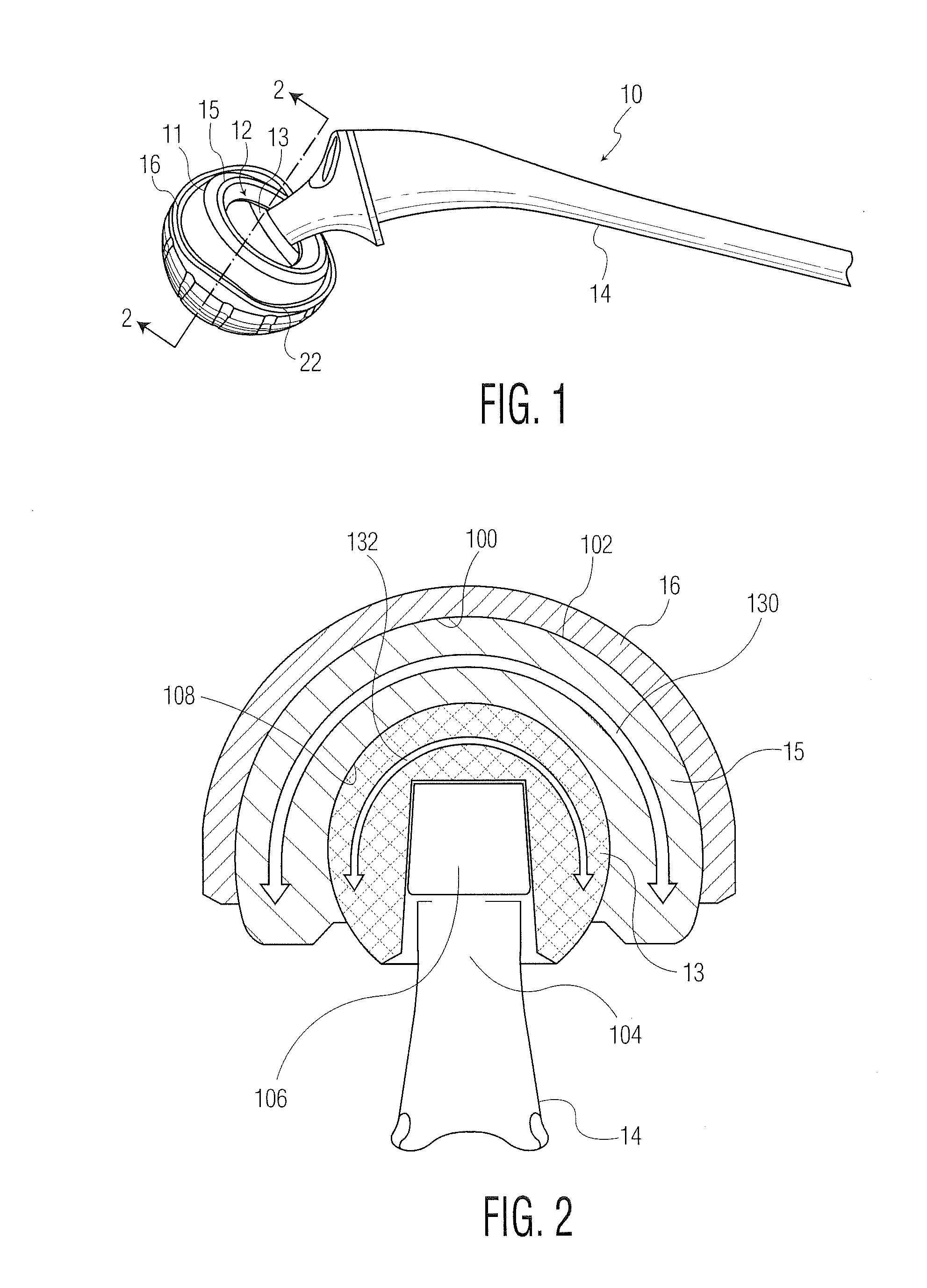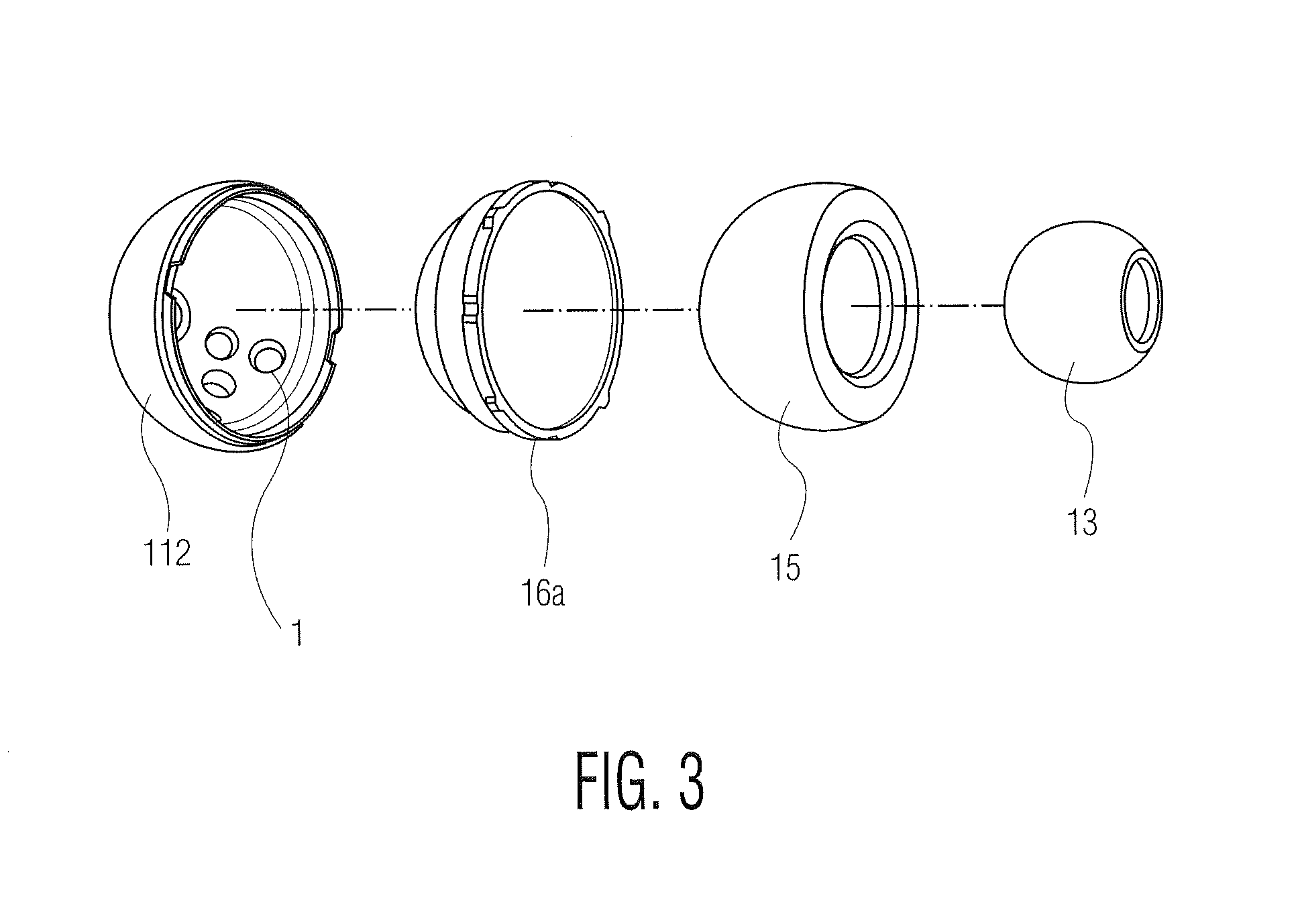Dual mobility hip replacement system
a hip replacement and hip technology, applied in the field of dual mobility hip replacement systems, can solve the problems of lower thermal conductivity than other problems, and achieve the effects of improving stability, reducing the incidence of dislocation, and providing excellent wear properties
- Summary
- Abstract
- Description
- Claims
- Application Information
AI Technical Summary
Benefits of technology
Problems solved by technology
Method used
Image
Examples
example
[0032]An initial wear characterization of PEEK acetabular liners against polyethylene dual mobility inserts was conducted to determine if there is any qualitative evidence of localized heating at that articular surface.
[0033]The PEEK acetabular liners tested had a 46 millimeter inner diameter. They were machined from extruded PEEK obtained from McMaster-Carr Company, N.J., USA and were polished to average surface roughness Ra Rod≦20. Four 28 millimeter inner diameter / 46 millimeter outer diameter crosslinked UHMWPE dual mobility inserts were used for testing CoCr was the femoral head material. The crosslinking was as described in the X3 patents. The PEEK liners were cemented into metal acetabular shells for fixation purposes since the liner backsides did not seat completely flush against the shells part-spherical inner surface. A hip joint simulator (MTS, Eden Prairie, Minn.) was used for testing with the cups positioned anatomically (superior) oriented at 50° of inclination. Articul...
PUM
 Login to View More
Login to View More Abstract
Description
Claims
Application Information
 Login to View More
Login to View More - R&D
- Intellectual Property
- Life Sciences
- Materials
- Tech Scout
- Unparalleled Data Quality
- Higher Quality Content
- 60% Fewer Hallucinations
Browse by: Latest US Patents, China's latest patents, Technical Efficacy Thesaurus, Application Domain, Technology Topic, Popular Technical Reports.
© 2025 PatSnap. All rights reserved.Legal|Privacy policy|Modern Slavery Act Transparency Statement|Sitemap|About US| Contact US: help@patsnap.com



